Cover
Copyright
Credits
About the Author
About the Reviewers
www.PacktPub.com
Table of Contents
Preface
Chapter 1: Installing and Configuring Symfony
Why Symfony?
Influenced by Symfony
How bright is the future?
Installation
Composer and Packagist
Installing Symfony via Composer
The road map
Checking the installation
Summary
Chapter 2: The Request and Response
Life Cycle
The big picture
Anatomy of a bundle
Generating a new bundle
Best practices
Custom bundles versus AppBundle
Creating templates with TWIG
Controller/View interaction
Conditional templates
Make it dynamic
Database configurations
Generating an entity
Installing bundles created by others
Creating data fixtures
Loading data fixtures
Dynamic templates and controllers
The big picture with MVC
Summary
Chapter 3: Setting Up the Environment
The importance of Continuous Integration
Amazon Web Services
Elastic Compute Cloud
Creating a new instance
Setting up the server
Installing Apache
Installing MySQL and PHP
Installing Jenkins
Setting up security and installing plugins
in Jenkins
Simple Email Service
Configuring Jenkins
Installing PHP tools
Sniff Symfony codes
Orchestrating the build process
Creating a new job in Jenkins
Running the first build
How does GitHub alert Jenkins about new pushes?
Do I need CI?
Summary
Chapter 4: Using Behavior-Driven Development in Symfony
Getting started with BDD
Is BDD a replacement for TDD?
What is Behat?
Installing and configuring Behat
The features we need for this project
More information about the project
Gherkin – the common language
Writing a scenario for the about page
Seeing it in action
Headless versus zombie
Using the Selenium2 controller for automated tests
The about page does not follow BDD
A scenario to show the user's details
Implementing the user's details scenario
Testing the scenario
More about the acceptance test flow
in Mink
Defining and prioritizing features
Codeception – the BDD style testing framework
Installing the Codeception framework
Bootstrapping Codeception
Test suits
The testers
Adding sample tests
Running the tests
Summary
Chapter 5: Business Logic
Choosing between creating a Model
or entity
So where does the business logic live?
Reviewing the facts and building entity relationships
Creating ERDs using MySQL Workbench
Adding a new entity
Adding a new relationship
Creating actual tables from a diagram
Generating entities
Data fixtures
Some business logic features and scenarios
TDD and BDD with Codeception
Step one – creating a functional test
Developing the missing code
Step two – creating the unit tests
Setting up the database for a test environment in the right way
Dropping and recreating the database for each test
Creating unit tests
Writing the code to pass the test
Running functional and unit tests
Step three – creating an acceptance test
On the CI side of the story
Summary
Chapter 6: Dashboard and Security
How security is organized in Symfony?
Authentication
Authorization
Handling users with FOSUserBundle
Security settings
Adding the required configurations to FOSUserBundle
Adding routes
Updating the tables
A simple road test
Generating automated data-fixtures
Introducing AliceBundle
Creating data-fixtures with Alice
Relationship with Alice
Setting up the login redirection
Creating tests for the new controller
Creating the Dashboard Controller
Securing the dashboard
The Sonata project
Installing and configuring Sonata bundle
Adding contents to the dashboard
Creating admin feature for entities with relations
Integrating FOSUserBundle into the admin area
Installing SonataUserBundle
SonatUserBundle configuration
Updating the routes
Setting the security
Checking the installation
Putting SonataUserBundle in charge
User dashboard
Generating CRUD
Modifying the forms
Summary
Chapter 7: The Presentation Layer
How assets are organized
Asset management
How templates are organized
Let's mold the clay
To navigate or not to navigate
What is Bootstrap?
MopaBootstrapBundle
Bootstrap configuration
Creating your first menu
Rendering the menu in a template
The Dashboard template
Overriding templates
Profile-related templates
Changing the backend logo
Summary
Chapter 8: Project Review
The dashboard's contents
Visual blocks that provide statistics about tasks
A feature file for the finished tasks block
Implementing the finished tasks block
Implementing the dashboard controller
Uploading files with SonataMediaBundle
Adding an attachment feature to the Task entity
Team and team members
The Team entity
Adding a notification system
Adding time tracking properties
The notification business logic
Events, event dispatchers, and event listeners
The Notifier event listener
Summary
Chapter 9: Services and Service Containers
How to create a service
How are services beneficial to our projects?
How to call a service
How to configure a service
Why is it called a Dependency Injection Container?
Why didn't we import services inside
the bundle?
How to create and load services via autowiring
Organizing services with tags
Summary
Chapter 10: Custom User Commands
Creating and registering commands
Creating commands for tasks
The configuration part
The execution part
Adding interactivity to commands
Console helpers
Summary
Chapter 11: More about Dev, Test and Prod Environments
Why do we need different environments?
The environment configuration file
Processing configuration files
Creating a new environment
The config file
The front controller
Summary
Chapter 12: Caching in Symfony
Definition of a cache
Characteristics of a good cache
Caches in a Symfony project
Key players in the HTTP cache header
Using the Symfony reverse proxy cache
Set expiration for dashboard page
Validation strategy
How to mix expiration and validation strategies
Doctrine cache
Putting it all together
ESI for selective caching
Sophisticated bundles
Summary
Index
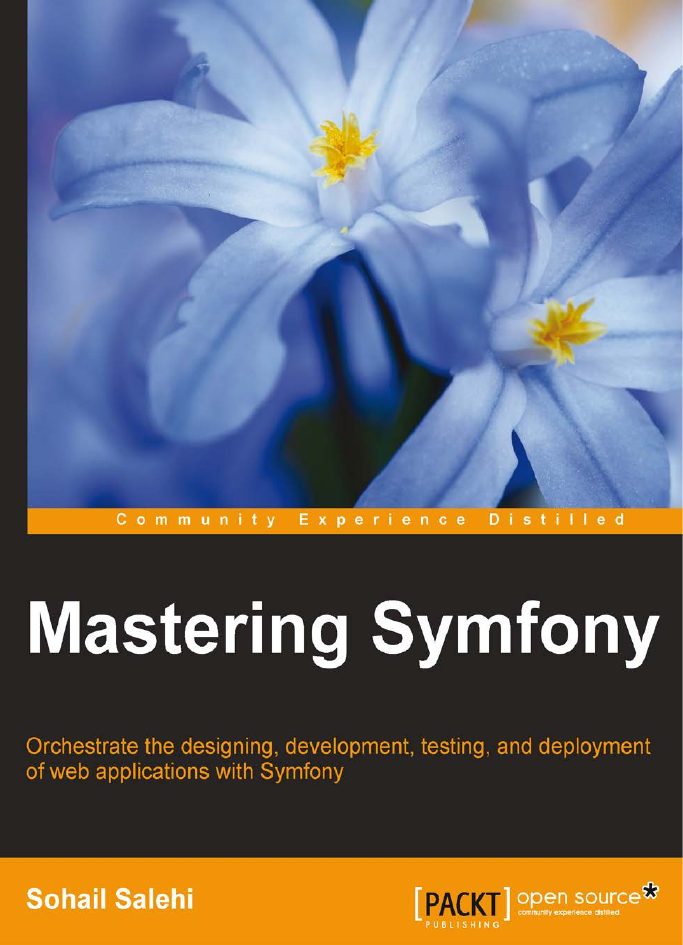

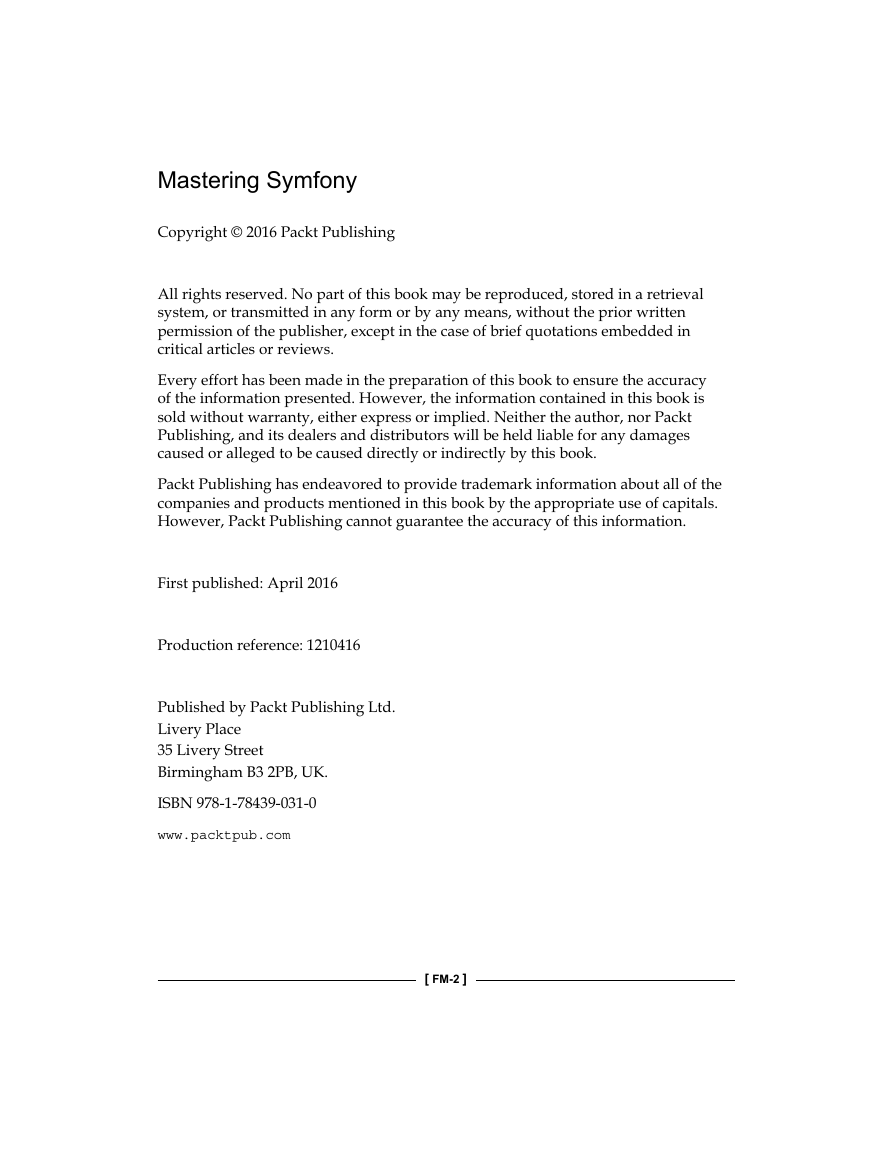
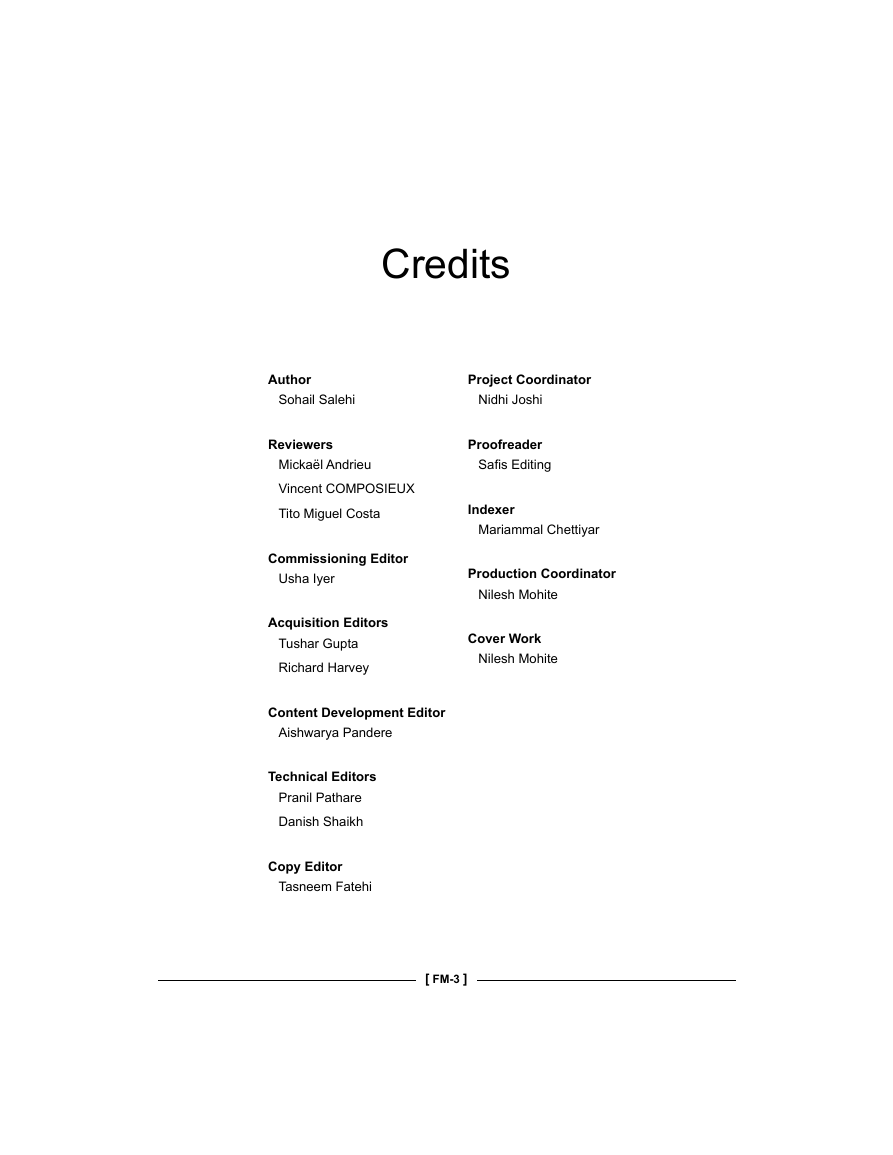
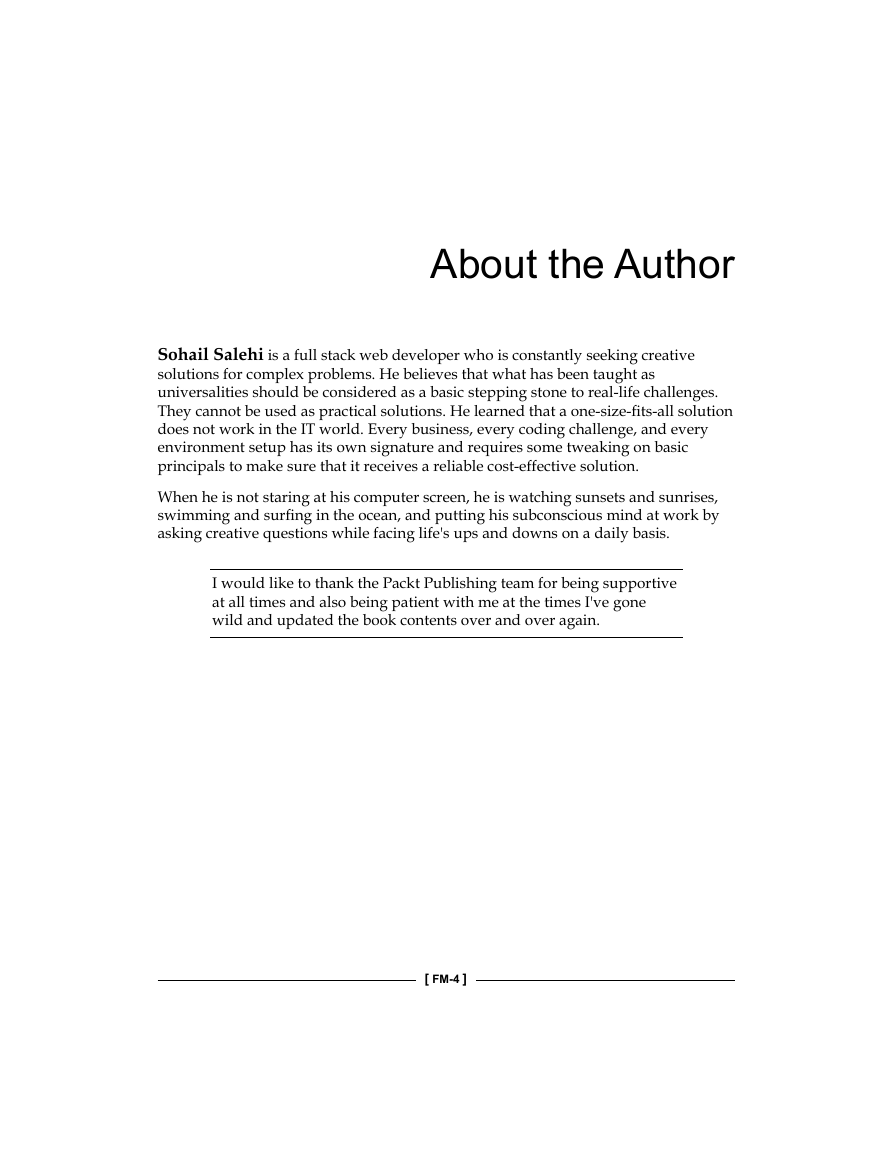
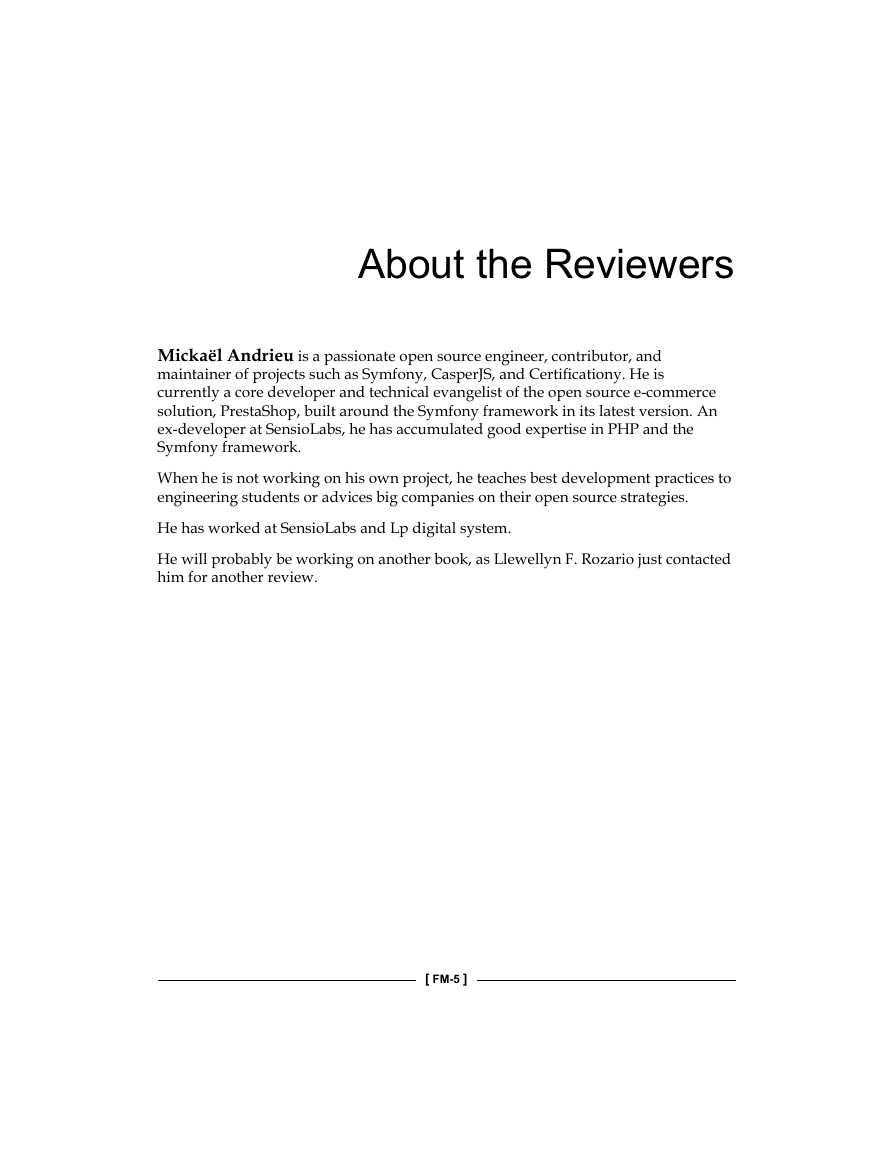
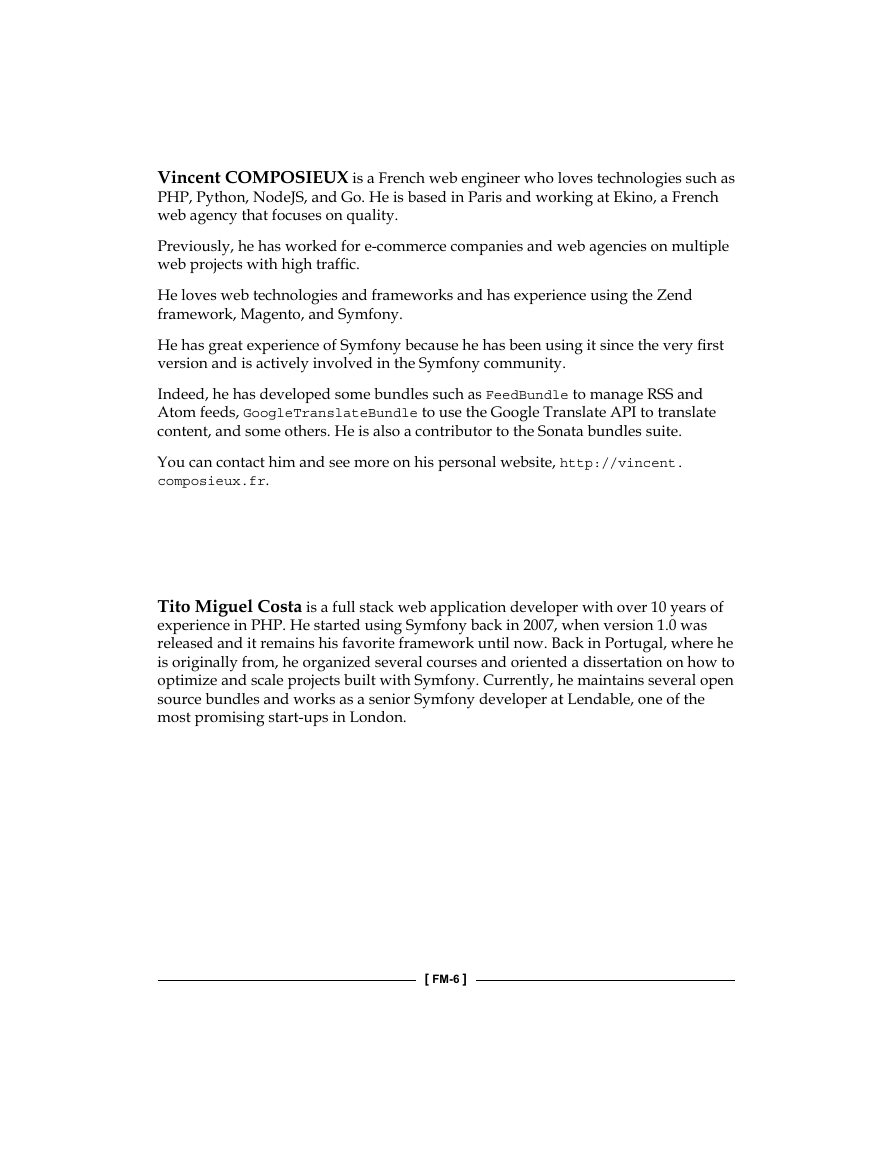
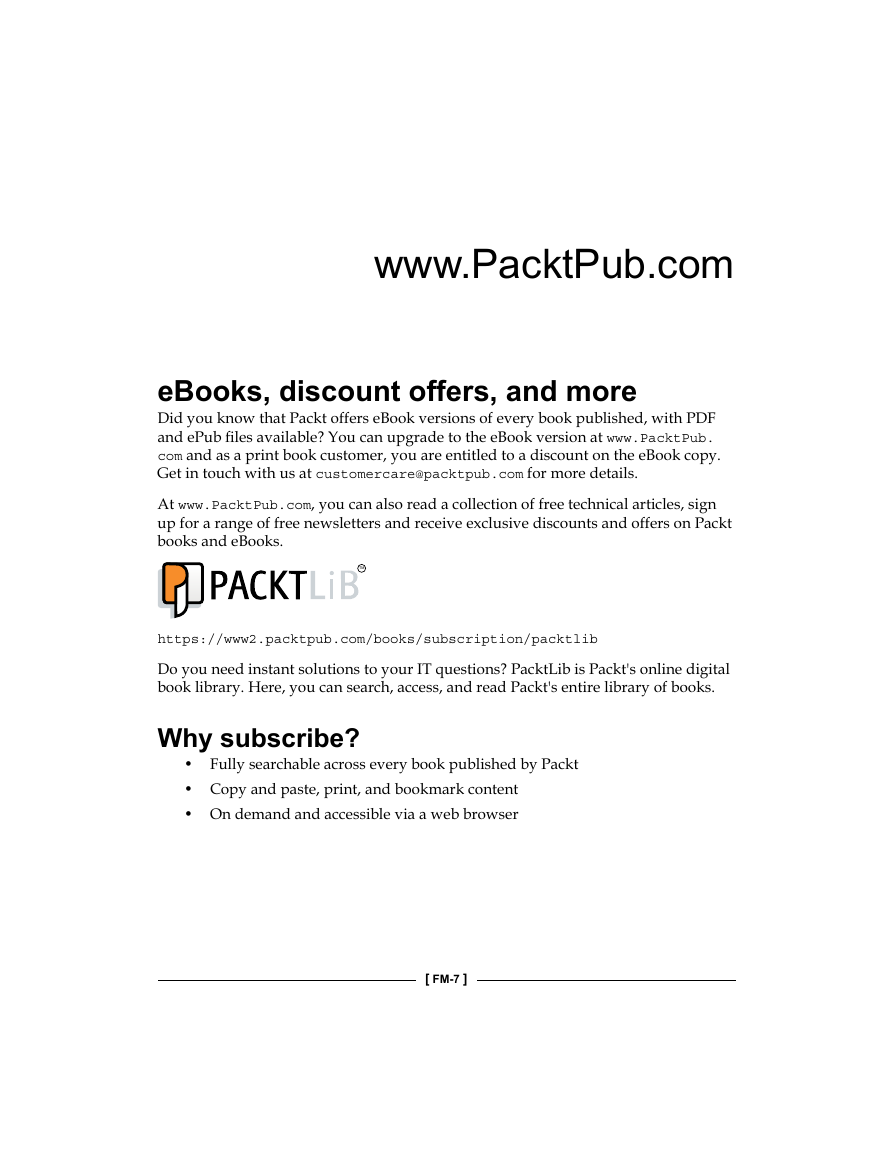








 2023年江西萍乡中考道德与法治真题及答案.doc
2023年江西萍乡中考道德与法治真题及答案.doc 2012年重庆南川中考生物真题及答案.doc
2012年重庆南川中考生物真题及答案.doc 2013年江西师范大学地理学综合及文艺理论基础考研真题.doc
2013年江西师范大学地理学综合及文艺理论基础考研真题.doc 2020年四川甘孜小升初语文真题及答案I卷.doc
2020年四川甘孜小升初语文真题及答案I卷.doc 2020年注册岩土工程师专业基础考试真题及答案.doc
2020年注册岩土工程师专业基础考试真题及答案.doc 2023-2024学年福建省厦门市九年级上学期数学月考试题及答案.doc
2023-2024学年福建省厦门市九年级上学期数学月考试题及答案.doc 2021-2022学年辽宁省沈阳市大东区九年级上学期语文期末试题及答案.doc
2021-2022学年辽宁省沈阳市大东区九年级上学期语文期末试题及答案.doc 2022-2023学年北京东城区初三第一学期物理期末试卷及答案.doc
2022-2023学年北京东城区初三第一学期物理期末试卷及答案.doc 2018上半年江西教师资格初中地理学科知识与教学能力真题及答案.doc
2018上半年江西教师资格初中地理学科知识与教学能力真题及答案.doc 2012年河北国家公务员申论考试真题及答案-省级.doc
2012年河北国家公务员申论考试真题及答案-省级.doc 2020-2021学年江苏省扬州市江都区邵樊片九年级上学期数学第一次质量检测试题及答案.doc
2020-2021学年江苏省扬州市江都区邵樊片九年级上学期数学第一次质量检测试题及答案.doc 2022下半年黑龙江教师资格证中学综合素质真题及答案.doc
2022下半年黑龙江教师资格证中学综合素质真题及答案.doc